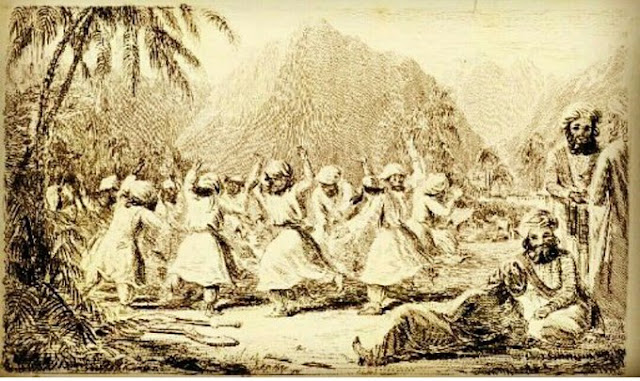The Last Stand: Zoroastrian Balochs' Resistance in 15th Century Sistan
In the 15th century, the historical region of Sistan witnessed a remarkable yet lesser-known chapter in the annals of resistance—the defiance of Zoroastrian Baloch farmers against the tide of Islamic conversion and oppressive taxes. Frustrated with the societal shift towards Islam and burdened by heavy levies, these Balochs gathered in Sarbisheh and Nahbandan cities, vowing to resist the encroachment on their ancient beliefs and cultural practices.
The spark of rebellion ignited when the aggrieved Baloch farmers set their sights on the Farmakān mosque of Esfezar. With fervor in their hearts, they burned down the mosque, symbolizing their defiance against the rising dominance of Islam in the region. This act was just the beginning of a series of protests that would soon shake the foundations of the Islamic rule in Sistan.
The farmers, disenchanted with the conversions and oppressive taxes, embarked on a campaign to break the pulpits of mosques in the cities of Sarbisheh and Nahbandan. One by one, the pulpits crumbled, and the farmers set them ablaze. The flames of discontent spread through the cities, and the news of mosques being burnt by what the Muslim rulers deemed 'infidels' reached distant Herat and Qain, causing a stir among the ruling class.
In response to the audacious acts of the Zoroastrian Balochs, the rulers of Khurasan retaliated with unparalleled brutality. They unleashed a wave of persecution against followers of the ancient Zoroastrian faith. Whether nomad or farmer, the Zoroastrian Balochs faced a dire fate—death or exile from Sistan and Khorasan. The once-thriving Zoroastrian communities were forced to abandon their ancestral lands, seeking refuge in the unforgiving deserts and mountains of Makuran, Turan, and beyond.
The Zoroastrian Balochs, stripped of their homes and lands, found solace in the inhospitable terrains of Makuran and Turan. The deserts and mountains became both a sanctuary and a crucible, as these resilient people sought to preserve their cultural identity and religious heritage in the face of adversity. The struggle for survival in the wilderness marked a new chapter in their history—one defined by resilience, resourcefulness, and the enduring flame of Zoroastrian faith.
The last resistance of the Zoroastrian Balochs in the 15th century remains a poignant and often overlooked episode in the rich tapestry of historical struggles. Faced with the onslaught of Islamization and oppressive taxes, these Baloch farmers chose to stand their ground, leaving an indelible mark on the sands of time. The flames that once burned the mosques in defiance now symbolize the enduring spirit of a people determined to preserve their heritage amidst the challenges of change.
 Reviewed by Balochistan History
on
January 22, 2024
Rating:
Reviewed by Balochistan History
on
January 22, 2024
Rating:














No comments